Dreamer_D
Super_Ideal_Rock
- Joined
- Dec 16, 2007
- Messages
- 28,478
My only star is my avatar picture. This was a lucky find for me and a 45th birthday present. The ring is very old as you can see from the bezel being worn around the sapphire. The original shank has obviously been replaced but I adore this ring so much. When I was first considering purchasing I did a Google search and found the attached lab report.
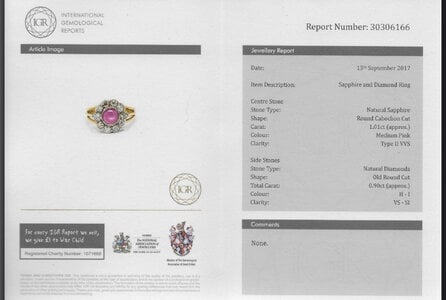
So pretty. The setting is so perfect.








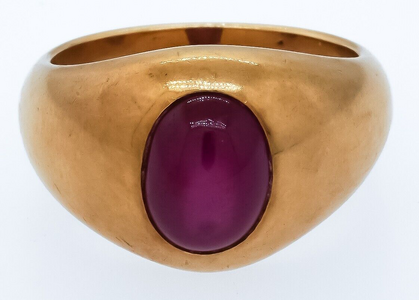
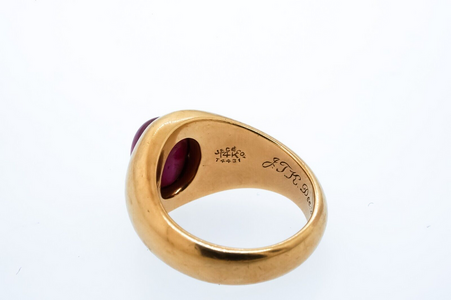



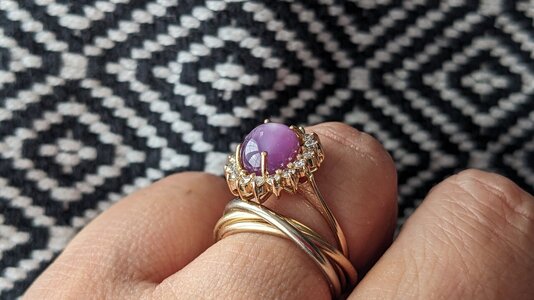














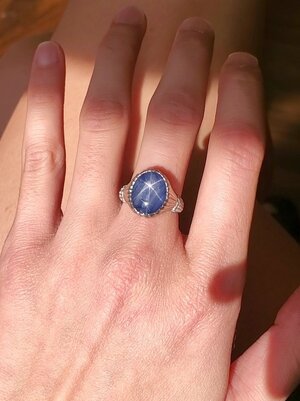






300x240.png)